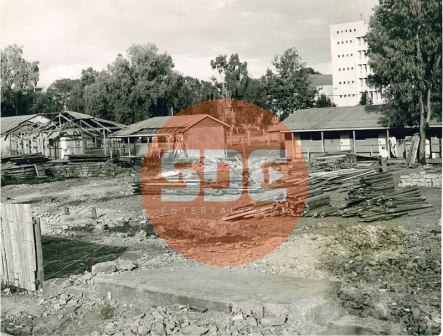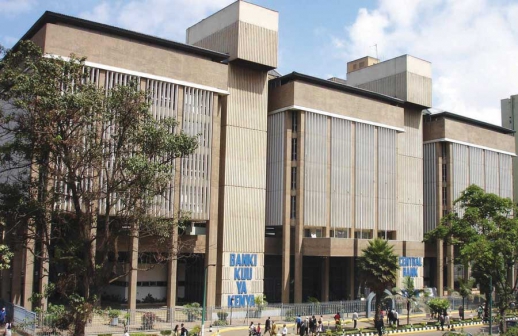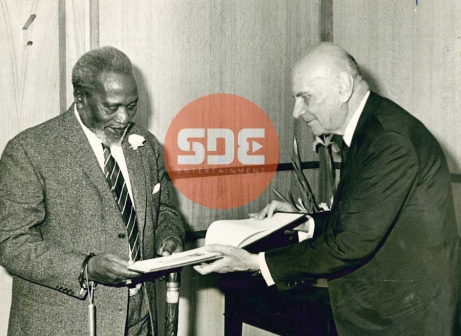
It is exactly 51 years since Kenya’s first President Mzee Jomo Kenyatta was presented with a set of new Kenyan currency notes by the then Governor Dr Leon Baranski; 51 years since Central Bank Of Kenya opened its door for the first time in history of Independent Kenya.
This had been a culmination of about two years of fiscal realignment that would eventually cause cracks in East African Community- a regional block that had been footed for by the British in the pre-independent era.
But relationships and especially on economic front between the three countries- Uganda, Tanzania and Kenya were beginning to get shaky. While the EAC would last for the next decade or so, interests of individual countries became divergent and would sometimes collide.

By the time CBK was opened Kenya was already a darling to foreign companies who at the time had reportedly invested more in Kenya than elsewhere in Africa. Perhaps this would be a key factor in growth of the economy of the East African giant in the late sixties.
Central Bank for East Africa that never was…
Earlier between 1965 and 1966, the EAC would be at the risk of fiscal fragmentation .Interest of individual countries were quickly changing course. Charles Hornsby in his book notes that “instead of establishing a Central Bank for East Africa as had been advised by East African Currency Board the three countries would introduce exchange controls.”

That would, in simple terms mean that each country would be required to trade currencies and currencies and each country would have its own accepted currency.
The division was inevitable. Tanzania under the leadership of Julius Nyerere established the Bank of Tanzania in June of 1966 and would take lead as it issued its own notes. Milton Obote’s Uganda would follow.
Kenya would be left behind for a few more months-The Kenyan parliament in 24th March of 1966 establishing the Central Bank of Kenya. It would however take several months of preparation to launch currency and open the Central Bank of Kenya.

An expatriate from the International Monetary Fund (IMF) Dr Leon Baranski a Polish was burdened with the role of making sure that the bank starts its operation smoothly. For about two years, he came in handy as a skilled professional.
Then in the 14th day of September 1966, Kenya began to issue its own currency, the Kenya shilling. The Kenya’s shilling would be pegged to sterling at Sh 20 for pound. This would years later front the use of “mbao” in Kenyan slang language sheng to mean twenty shillings
The CBK would be given the role manage the government’s bank account -Consolidated Fund, into which all government income was paid. With new structure in place the state now had the power to manage domestic credit and the money supply directly.
Some of the roles of the Central Bank included:
Setting monetary policy such as interest rates. Advise the national government on fiscal and monetary matters The CBK’s main functions were to issue and manage the currency, Act as the government’s banker and to manage exchange rates, foreign reserves Also regulated the commercial banks, ensuring their stability and proper operation. The CBK managed the government’s bank account.A year after the official opening of Central bank of Kenya Dr Baranski would be replaced in 1967 by Duncan Ndegwa.
Duncan Ndegwa would remain as governor of Central Bank of Kenya for 15 years until 1982 before another Ndegwa, a Mr Philip was appointed to take up the mantle.
-Wkoskei@standardmedia.co.ke
Photos:The Standard Archives/Jesse kamwaro
 The Standard Group Plc is a multi-media organization with investments in media
platforms spanning newspaper print
operations, television, radio broadcasting, digital and online services. The
Standard Group is recognized as a
leading multi-media house in Kenya with a key influence in matters of national and
international interest.
The Standard Group Plc is a multi-media organization with investments in media
platforms spanning newspaper print
operations, television, radio broadcasting, digital and online services. The
Standard Group is recognized as a
leading multi-media house in Kenya with a key influence in matters of national and
international interest.

